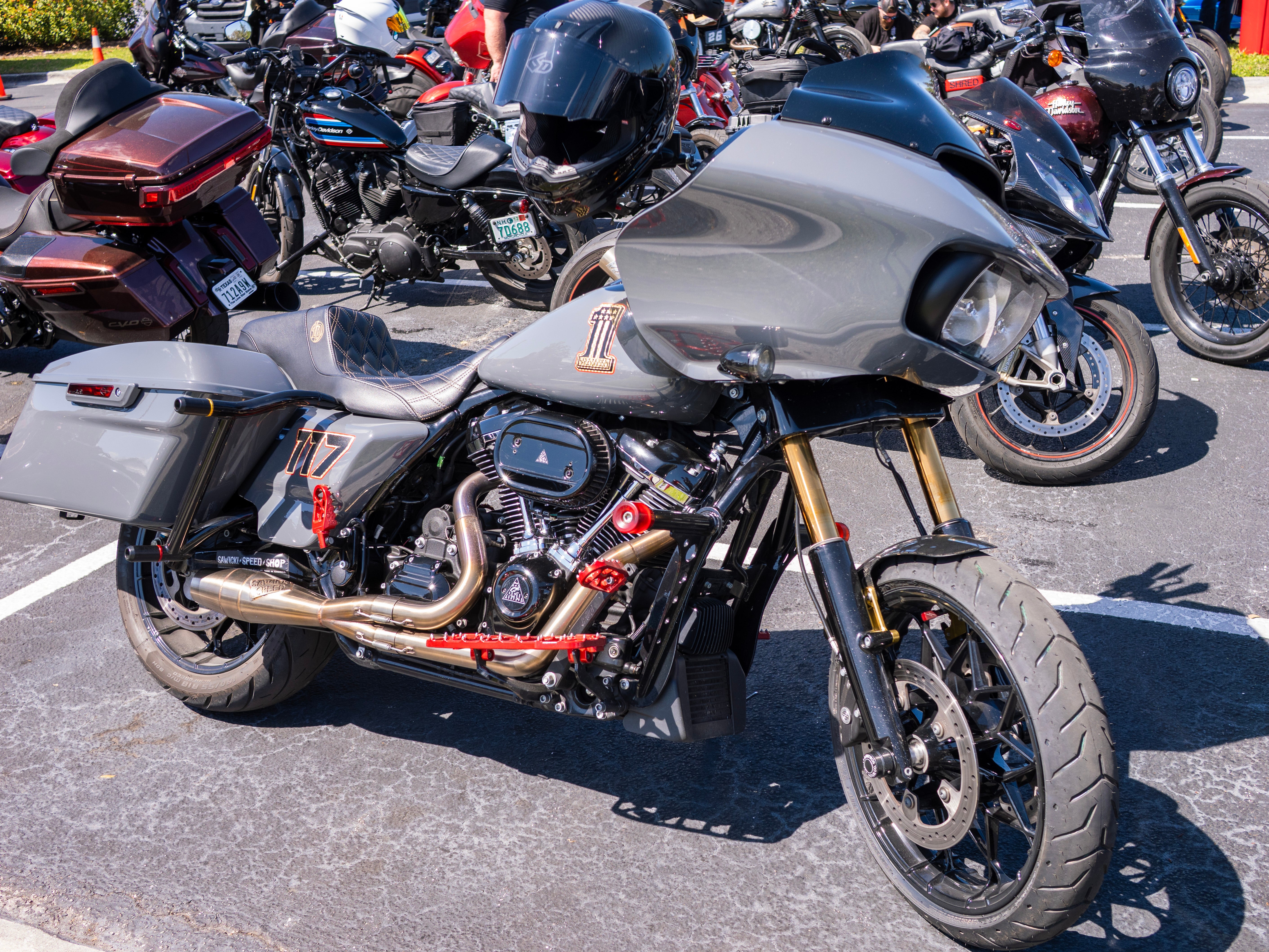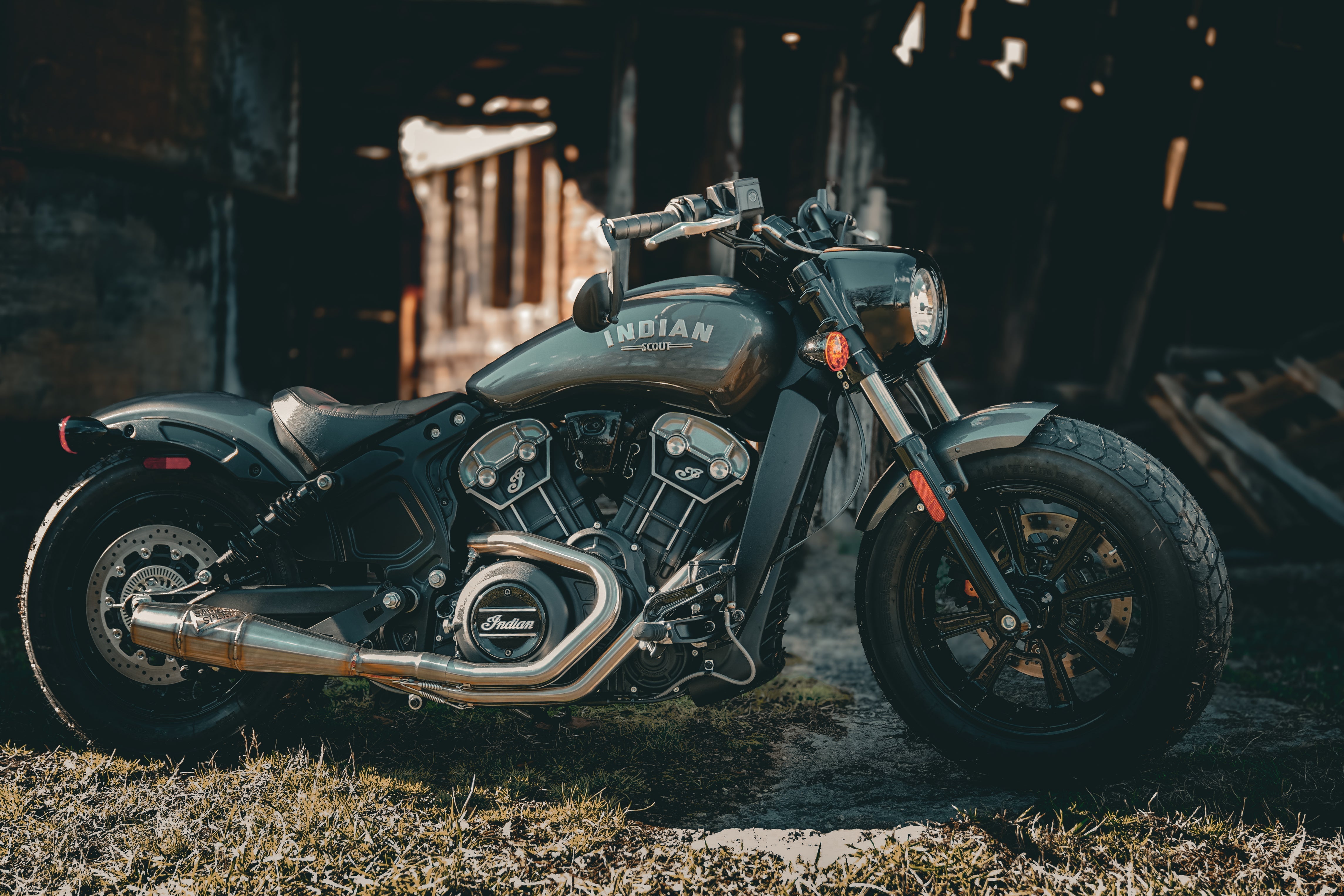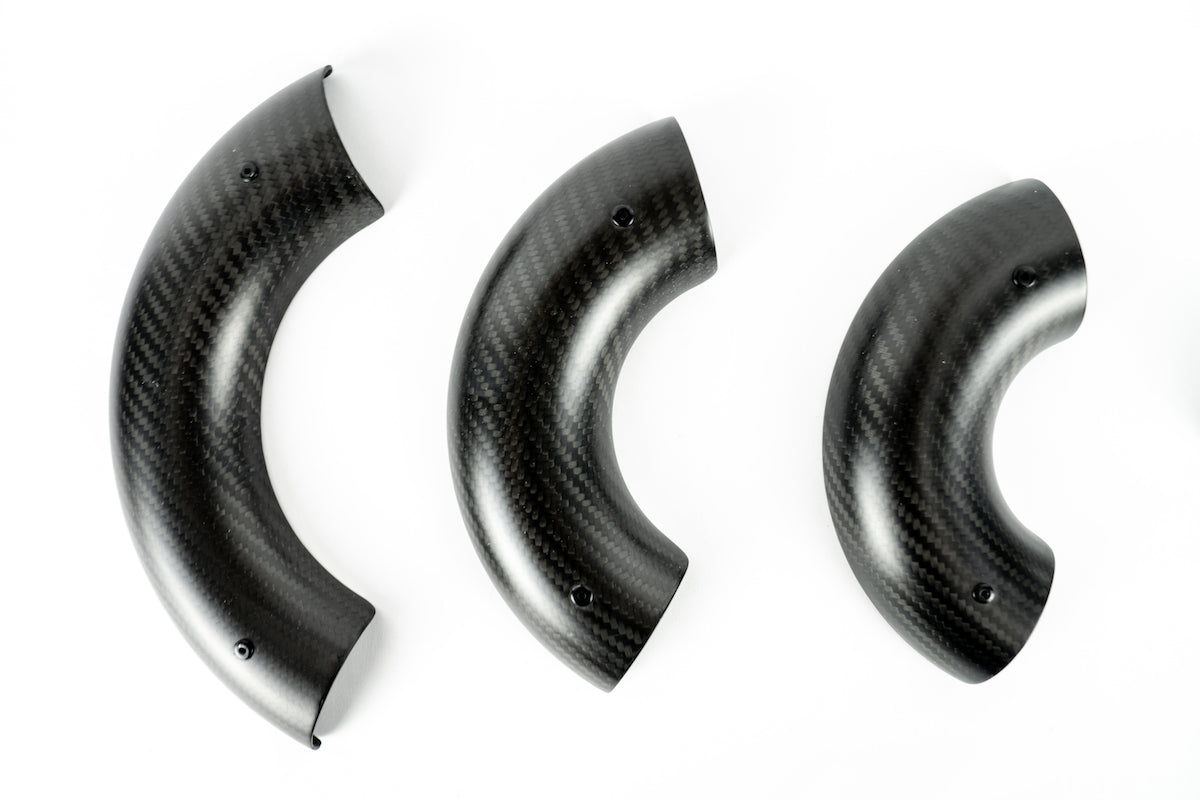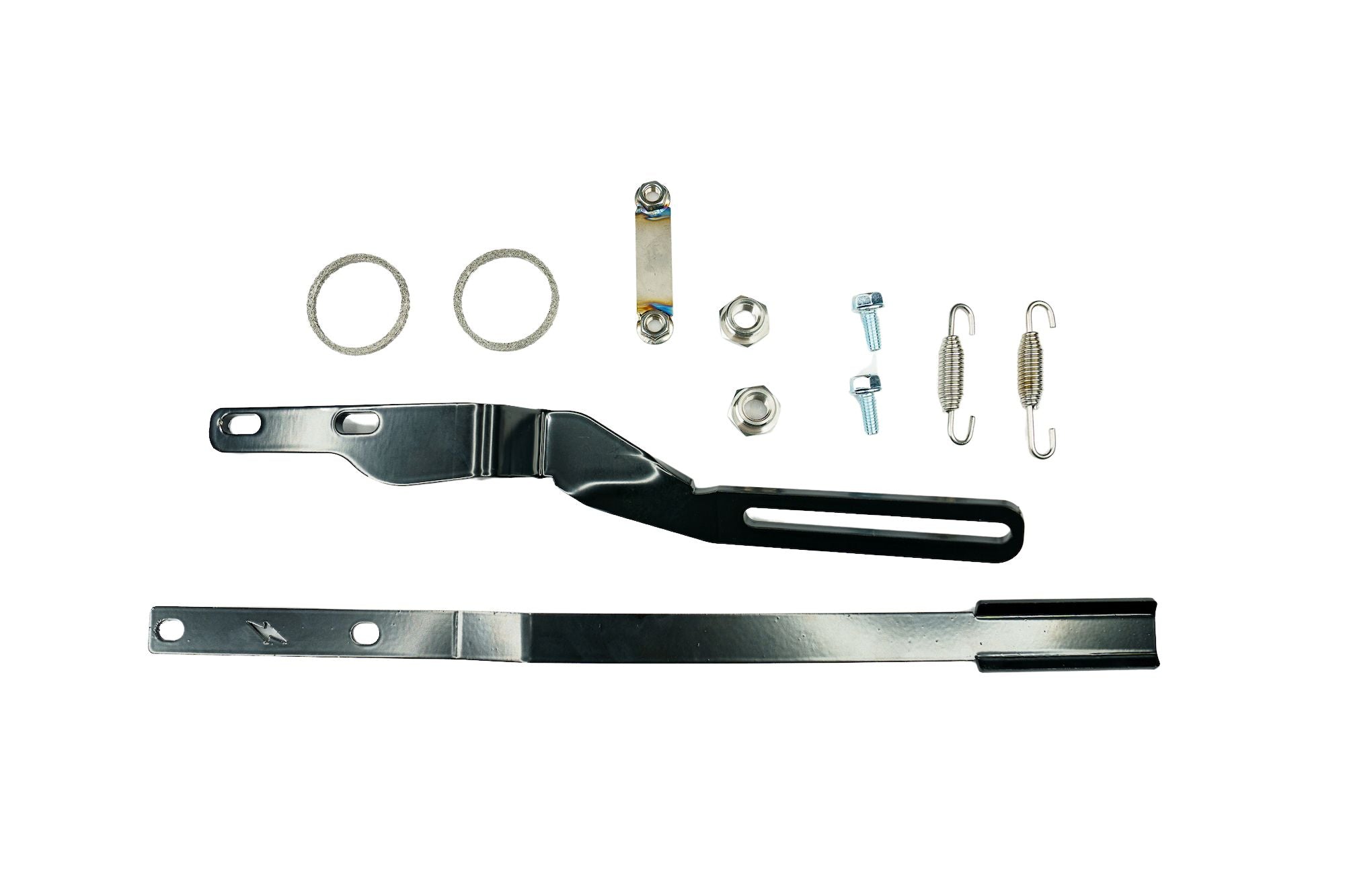Welded vs. Billet End Caps on our 2-into-1 Exhausts
If you’ve already decided on a 2-1 exhaust for your Harley or Indian, you know which length pipe is right for you and which finish you want, then you’re almost to the finish line! A box full of happiness will soon be headed your way. But a lot of riders reach out to us to ask about the differences, pros and cons of welded ends vs. billet aluminum end caps. Style is definitely a factor, but there’s more under the surface. Your end cap choice actually affects sound, and will also determine whether your baffle is packable or not.
In this article, we’ll break down the key differences so you can choose the right setup for your ride.

Visuals: Style That Matches Your Build
The most obvious difference is in appearance, and for many riders this is the deciding factor.
-
Welded End – Offers a clean, seamless look from head to toe. Because the end cap is literally part of the muffler body, it highlights whatever finish you choose (brushed stainless, polished, or black ceramic coated).
-
Billet End Cap – Machined from billet aluminum and given a sleek black coating, our billet end caps create contrast against a brushed or polished pipe. They also pair nicely with black ceramic coated finishes for a more aggressive edge.
If you’re chasing a uniform, flow-through look, welded is the way to go. If you want contrast and customization, billet end caps add that finishing touch. But don’t sleep on the next couple factors…

Sound: The Note Changes with the Tip
Believe it or not, welded and billet end caps don’t sound exactly the same. Here’s why:
-
Material – Welded end caps are stainless steel (the same material as the muffler body). Billet end caps are aluminum, which resonates differently and adds a slightly sharper tone.
-
Structure – A welded tip is part of the muffler, while a billet cap bolts on. The structural difference changes how the muffler resonates overall.
The result: welded end caps produce a very smooth, deep exhaust note with a more refined tone. Billet end caps, on the other hand, sound a bit raspier, with more reverb and not quite as deep. It’s a subtle but noticeable difference, and one that riders often pick up on right away.
We’re putting together a video with sound clips so you can hear the difference side by side – keep an eye on our social channels!

Baffle Packing: Only with Billet
Our 2-into-1 exhausts are known for their aggressive tone. Most riders love the raw presence, but some prefer to tone it down slightly. That’s where baffle packing comes in. After extensive testing we have found long strand “loose fill” style packing material to provide maximum attenuation of sound, longevity and heat insulation.

We offer baffle packing as an add-on service when you order an exhaust from us, or you can order a kit to do it yourself at home. Here’s the kicker though – only exhaust with billet end caps can be packed, as the end cap needs to be removed in order to pack the baffle. Our welded end exhausts are not compatible with baffle packing as they cannot be disassembled.
-
Add it when ordering – Just add our baffle packing service to your cart along with your exhaust, and we’ll pack it for you at the shop.
-
Do it at home – We offer baffle packing kits for DIY riders who already have an exhaust with a billet end cap.
If you know you want to dial it down a notch or two, or you might want to experiment in the future, go with billet end caps.
Upgrade Your Harley or Indian Exhaust Today
Now that you’ve decided on exhaust length, finish, and end cap option, you’re all ready to place that order and get wrenching! And don’t forget to check out our Exhaust Academy for more helpful articles.







